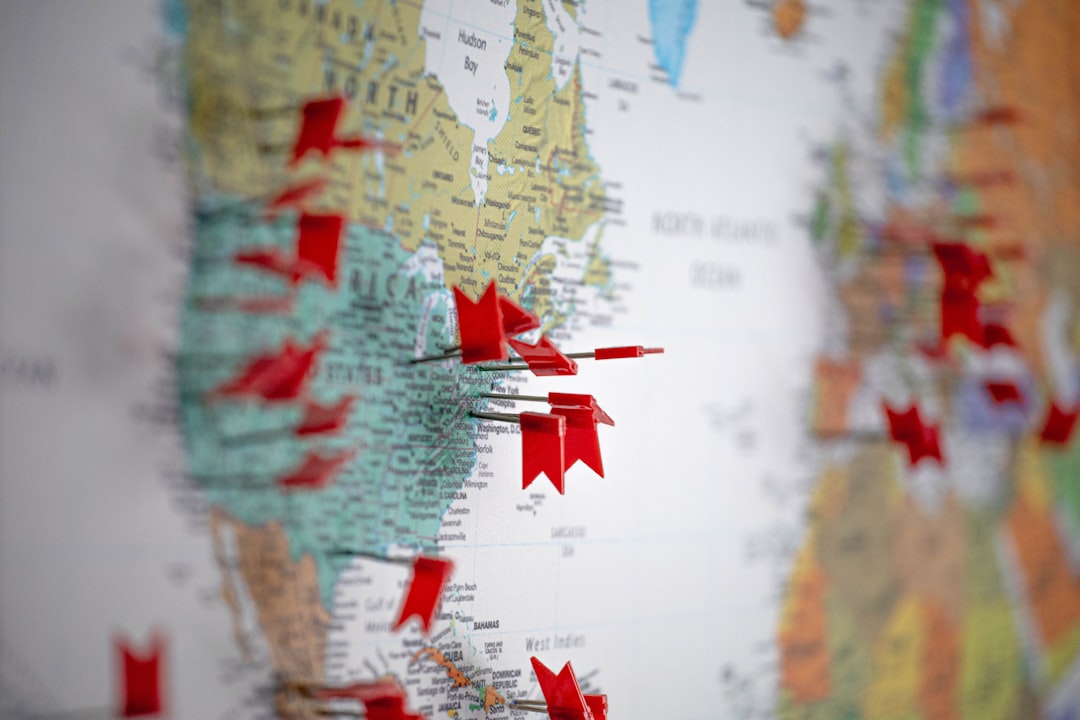What is it about?
Young children aged 9–11 years, from a small coastal community in Ecuador, recount the everydayness of being prepared for the next earthquake. Their shared narratives contain distressing descriptions of their previous disaster experiences 18 months earlier in Canoa, April 2016: evacuation decisions, risk of separation from parents, witnessing injury and death of family members and peers in the 7.8 earthquake that took the lives of 63 members of their community and 675 in the general area. Listening to the children prompts consideration of how policies at the national level could be decentralized to identify locally relevant community-based risk assessment in isolated communities so that child-centred disaster risk reduction training might be taught at low cost in the community-based source of the school.
Featured Image

Photo by Marlon Lara on Unsplash
Why is it important?
The Ecuadorian Constitution supports children's right in natural disasters. However, our findings show implementation remains challenging due to central and local infrastructure.
Perspectives
Writing this article was a great pleasure as it has co-authors with whom I have had long standing collaborations. It is an opportunity to increase the academic standing of research in Ecuador.
Matías Abad
Universidad del Azuay
Read the Original
This page is a summary of: Conversations about disasters: listening to Ecuadorian children, Children s Geographies, June 2019, Taylor & Francis,
DOI: 10.1080/14733285.2019.1630712.
You can read the full text:
Resources
Contributors
The following have contributed to this page










